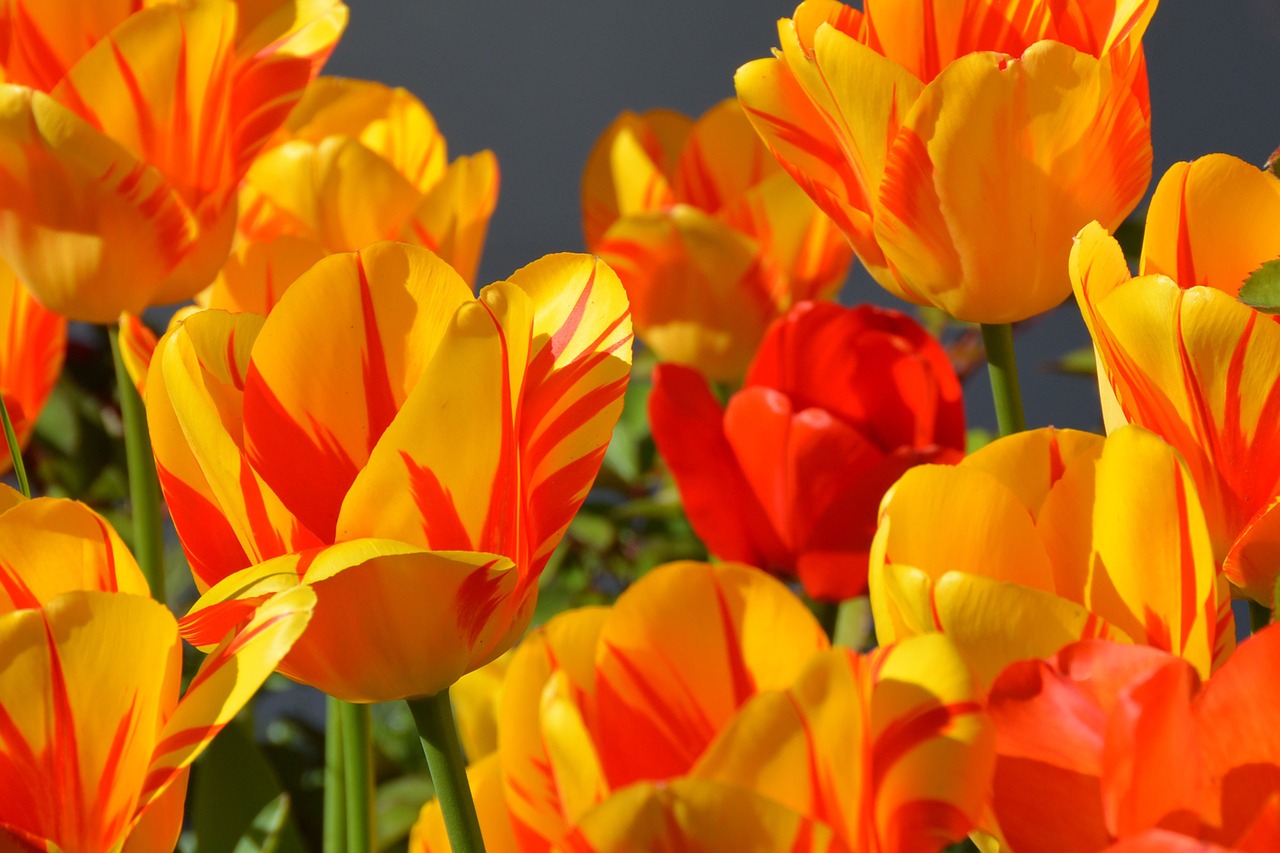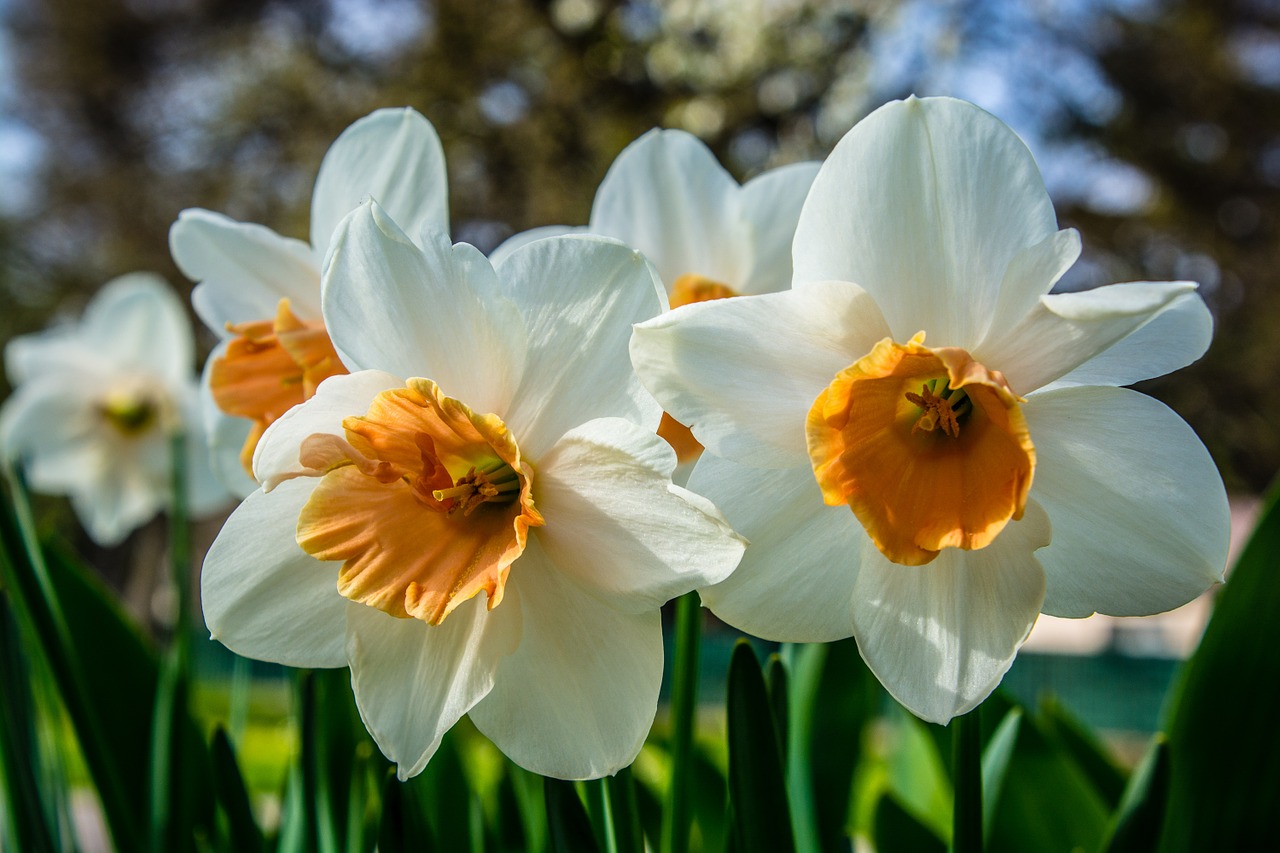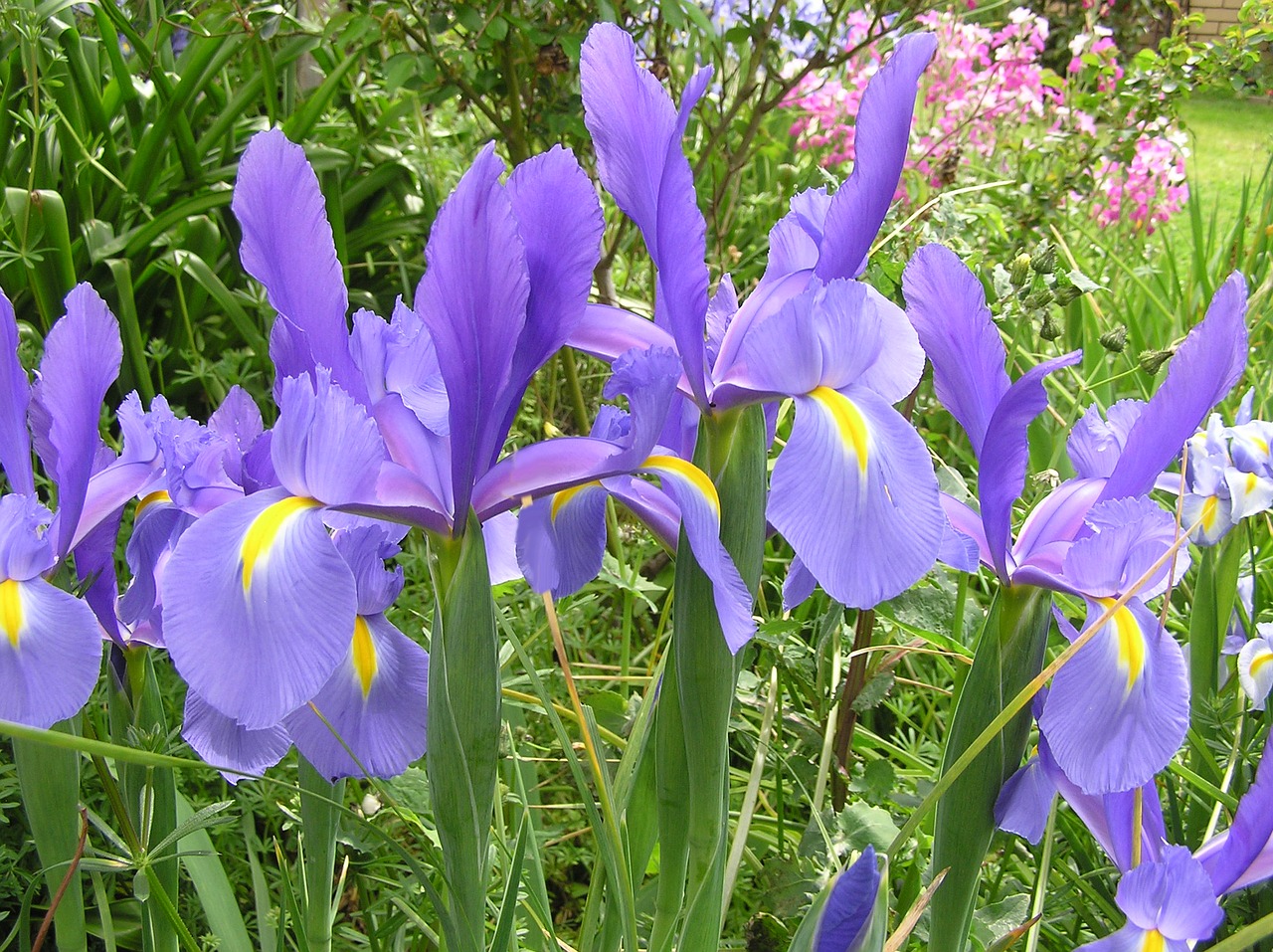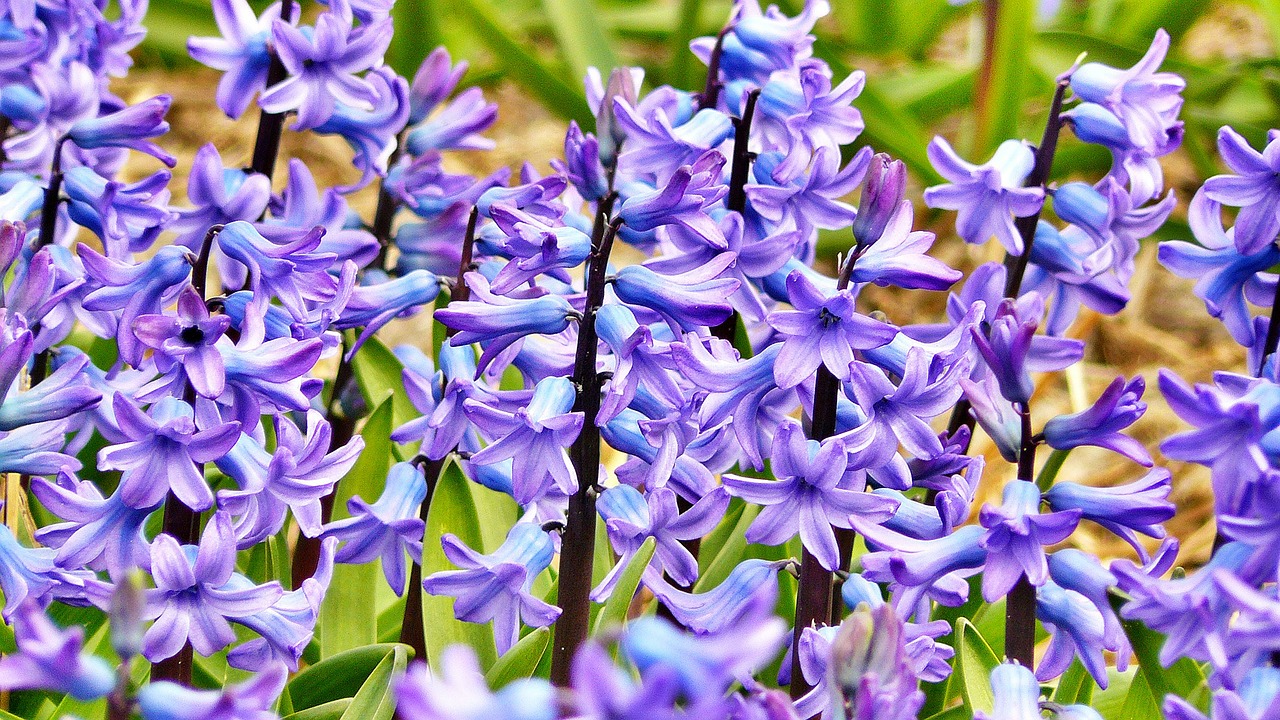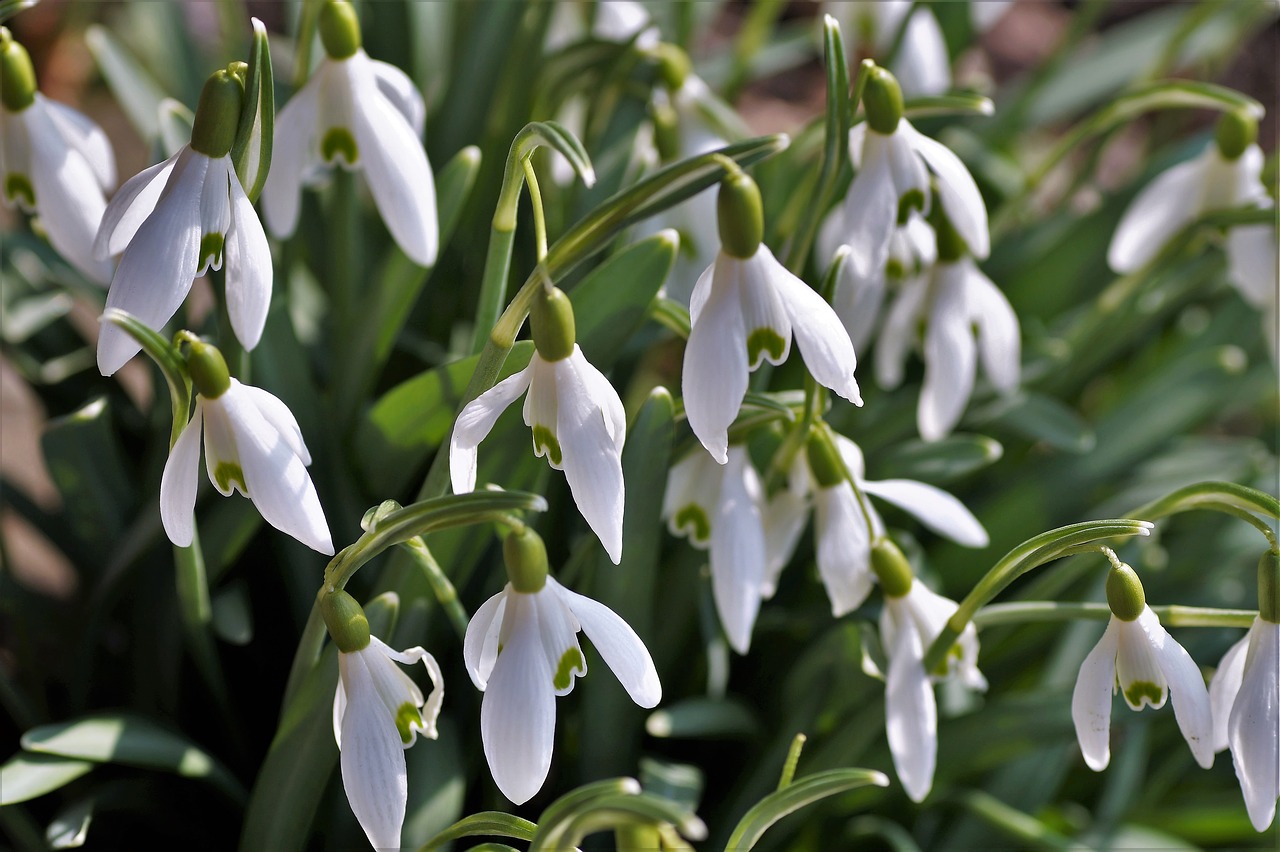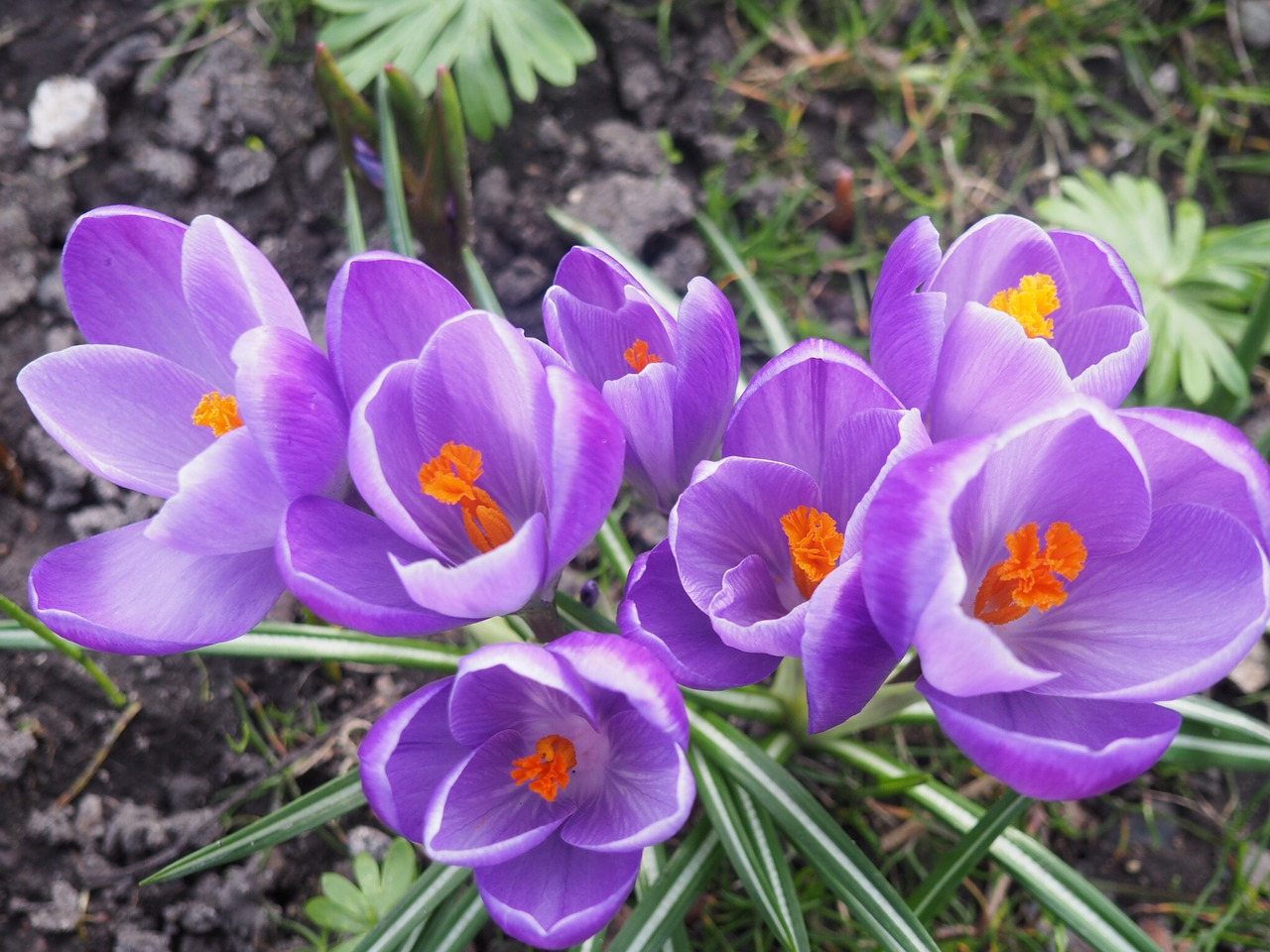A Guide to Planting Bulbs in Fall for Spring Color
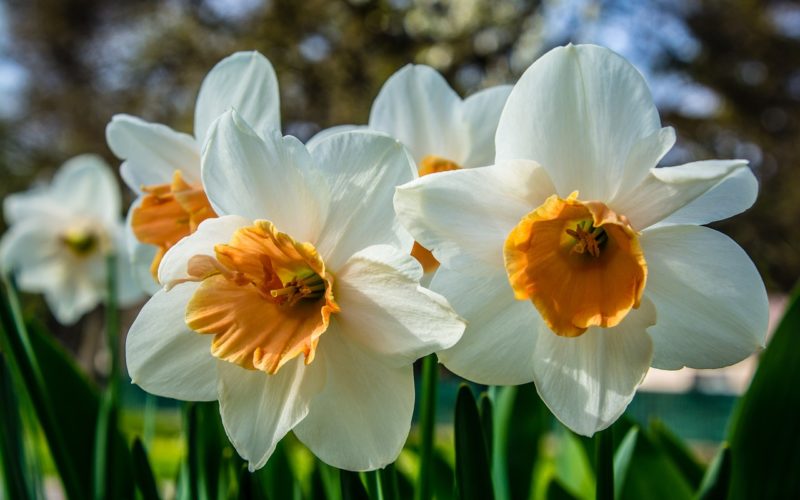
There is no surer sign that spring is around the corner than green sprouts and colorful flowers emerging from the ground. As tulips, crocus, and daffodils emerge, we know that warm spring days are fast approaching. But, fall is the time to put in the work to ensure these signs of spring are ready to bloom. We have all the advice you need for planting bulbs in the fall for spring color.
When to Plant Spring Bulbs
The fall months, specifically September and October, are the best times to plant bulbs for a colorful display next spring. To break out of their dormant state, bulbs will need 12-14 weeks of cold temperatures (below 45°F). When choosing your planting window, it’s more important to monitor the temperature outside than watch your calendar. Wait until you see the temperature dip, especially during the day. Some years it gets colder by late September, but it could also be the end of October before the chill sets in. There is no rush in planting spring flower bulbs. You can plant through November or until the ground starts to freeze.
You should also be aware that there is another group of bulbs that bloom all summer. If you have anemone, calla lily, dahlia, elephant ear, gladiolus, or ranunculus bulbs, hold off on planting those. Save them for spring planting, as they thrive in warm soil and strong summer sun.
If you currently have summer bulbs planted, you need to remove them from the ground before frost sets in. Once removed, let them dry out and then store them in a cool, dry place. A basement, garage, or closet is a good storage space, but be sure that the temperature does not drop below 45°- 50°F.
Choosing Spring Bulbs
What spring-flowering bulbs should you choose? Our photo gallery below shows several colorful options that will grow beautifully in your gardens, along pathways, and even in containers.
Your best bet for purchasing spring bulbs is to visit your local garden center. This will allow you to be hands-on when choosing your bulbs. Look for bulbs that are plump and firm and avoid soft and mushy bulbs. Additionally, choose the biggest bulbs available, as they will generally produce bigger blooms.
Planting Spring Flower Bulbs
Tools You Need
- Trowel
- Cultivator tool
- Bulb-tone
- Bulb planters
Where to Plant Bulbs
- Spring-flowering bulbs grow best when they receive full sun (at least 6 hours each day).
- Some bulb plants, such as anemone, snowdrops, and trillium, do well in partially shady spots.
- Choose an area with well-drained soil. Bulbs do not do well in wet areas where water collects.
- Instead of planting in regimented, straight lines, plant your bulbs in big, irregular clusters. This will ensure impactful curb appeal when your bulbs bloom.
Many spring-blooming bulbs are perennial bulbs that will come back for three to five years. Oftentimes, they multiply naturally and increase their blooms year after year. Consider this natural spread when determining where you plant your bulbs.
How to Plant Bulbs
- Dig a hole 2-3x deeper than your bulb is tall (3-inch bulb = 6- to 9-inch hole).
- The wider side of the bulb — where you may see exposed roots — should go face down in the hole, leaving the pointy side of the bulb face up.
- Mix organic-rich compost in your planting holes.
- Mulch and water your bulbs just like you would any new plants. Mulch keeps weeds from depleting your bulbs of nutrients, while water fills air pockets in the soil that dry out bulbs.
Leftover Bulbs From Last Fall?
So you’re cleaning out your garage or potting shed this fall and what do you stumble upon? The bulbs you bought to plant last year. Don’t toss them! If you didn’t get your spring bulbs planted last year, you can still plant them now. We’ve got some tips for you!
- Feel if the bulbs are still firm. If they are, you can plant them now. We suggest adding some Espoma Bulb-tone to the soil to help the bulbs get established sooner. Apply this when planting.
- If these bulbs weren’t stored in a cool area, chances are they will bloom later in the spring and only produce leaves — no flowers. This is because they missed out on the cold period they need to bloom. Let the foliage grow until the plant goes dormant over the summer. As long as these bulbs are fertilized, you should have great blooms next year.
Do you have additional questions about choosing and planting spring bulbs? The garden experts at our Home and Garden Centers can offer the additional guidance and advice you’re looking for.

